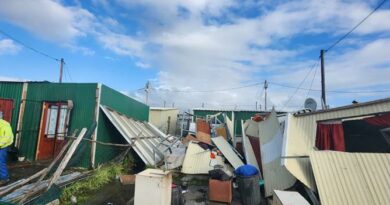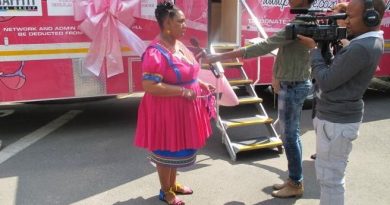Unpacking the value of life cover; and why now it is never a good idea to cancel your policy
The perceptions and understanding of insurance in South Africa remain convoluted. Many South Africans view insurance as a grudge purchase and do not necessarily understand its purpose or value.
To understand insurance in simple terms, consumers need to first understand that insurance is an effective risk management tool. It is not an investment. While some life insurance policies have a savings feature that can offer a degree of tax benefit, insurance should never be considered an investment.
Life insurance is designed to provide support to policyholders and their beneficiaries to weather the storm in the unfortunate event of an accident, for example, or loss of life. In such instances, life insurance would kick in to cover some of the expenses depending on the policy’s benefits structure. The aim is really to give consumers peace of mind and the assurance that there will be financial support in the event of an unforeseen circumstance.
A number of factors have contributed to the low take-up of insurance in South Africa, especially of life cover. South Africans generally perceive insurance to be too complex, while also misjudging risk. In addition to the perception that insurance is complex, South Africans have a dismal savings culture. In fact, according to the South African Reserve Bank, South Africans had a national savings rate of just 18.0% in the first quarter of 2021.
The Gordon Institute of Business Science (Gibs) contends that if one factor in credit cards, personal loans and other debts, South African household savings are zero. And in tough economic times, the first place consumers cut is general insurance and policies are cancelled because it feels like a quick way to free up that much-needed cash. However, the Covid-19 pandemic seemed to shift this thinking, and a deeper understanding of the need for life coverage is becoming necessary.
Why a life policy is important
The most recent statistics by StatsSA show that there are 2.8 million South Africans living with disabilities. In most cases, these disabilities result in loss of income. However, ironically, only 6% of South Africans have income protection insurance to protect them in the event of a disability or loss of income. Furthermore, despite the prevalence of dread diseases such as cancer – 1 in 27 women are diagnosed with breast cancer every year -, strokes or heart attacks, many South Africans still do not insure against these risks.
It’s important to acknowledge that the needs of a single person with no dependents are different from those of someone with children or a family, or someone with extended family responsibilities, for example.
Those with children may require life cover that incorporates their children’s education needs, their mortgages and any other debts that they may have, whereas a single person with no children or responsibilities, may need disability and dread disease benefits. Someone with extended family responsibilities may structure their cover to incorporate benefits for their extended family, to make sure that they do not suffer financial loss in the event of their passing, or disability or dread disease.
The needs of different individuals will differ depending on their circumstances, and that’s why it’s important to explore various ways in which one can assess their lifestyle needs, including consulting a financial advisor for an assessment.
When the going gets tough: To cancel or not to cancel?
In tough economic times, the low-hanging fruit is the ones to go first, and insurance is always the victim. However, it’s not advisable to cancel one’s life policy. In fact, it’s better to relook at one’s finances. Consult with a financial advisor and rather explore other options, like decreasing monthly contributions for example, rather than cancelling a policy. Then, when the tough times have passed, contributions can be reviewed and increased.
It must be emphasised that great caution must be taken before cancelling a policy, especially given the depth of exposure this may open at the worst possible time in these tough economic conditions. Instead of solving the problem, it would compound it significantly.
Some may argue that they can cancel a policy now and when the economy recovers in a year or two, they will onboard again. But onboarding again after cancelling a policy may be costly in several ways. During the downtime, there are no risk management measures in place. Most policies have a waiting period that prohibits new policyholders from claiming for a certain period of time. This means exposure to new waiting periods, new assessments and new monthly premiums may apply.
A lot of work still needs to be done to create an understanding of the need for life insurance. It addresses the gaps in family incomes and other risks associated with unforeseen circumstances such as disability and dread diseases. Equally these risks have a ripple effect on the livelihoods of families and people, and cannot be ignored.
One may argue that they cannot afford to put aside something for life cover, but for as little as R100 per month, one can get life cover that incorporates dread disease and disability, for example. Others may argue that they are not the target market for life cover, but dread disease and disability have no target market. The key is in mapping out one’s financial needs and prioritising risk management with a long-term outlook to financial planning.
There is no one size fits all model for life cover, but in an ideal world, everyone should have a life policy that covers disability and dread diseases – from a new-born child to the oldest person in a family – because the reality of the world in which we live is that these risks present themselves daily.




